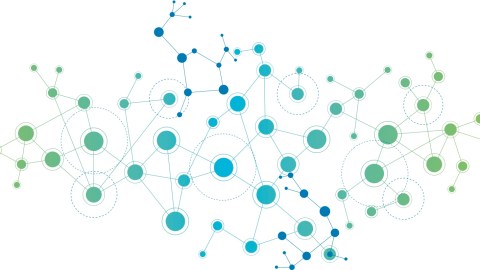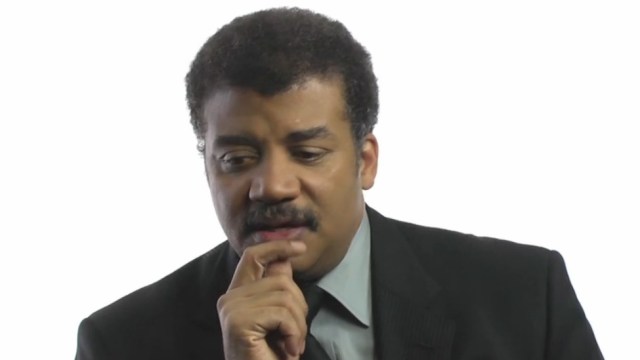The Potential of Connectivity in the 21st Century

It’s strange to think how young the Internet is, considering its enormity and complexity, and yet how powerful it has become as a means to connect people from around the world and influence our everyday lives and society as a whole.
In 1992, there was one website. Three years later, there were 623. In 1996, when I first started the Webby Awards, there were about 36 million people online and 100,000 websites. Today, almost two decades later, there are more than two billion people online and close to a trillion websites.
The Internet now permeates almost every hour of every day of our lives. It’s impossible to imagine not being connected to friends and family via email and social networks, not being able to Google any piece of information at any time from the device in my pocket, or not being able to share every thought or inspiration with thousands of friends on Facebook, Twitter, Pinterest, or Instagram. Our expectations and use of the Internet have definitely changed.
MIT psychology professor and author Sherry Turkle adapted Descartes’ aphorism for the modern age when she said, “I share, therefore I am.” She was referring to the growing pervasiveness of sharing one’s personal life online. While Turkle is talking about sharing (and, perhaps, oversharing), she and other Internet thinkers don’t dispute that there is power in sharing on the Web. Howard Rheingold, who teaches courses on social media and virtual communities at UC Berkeley and Stanford, identified the potential of crowds communicating over the Internet in his 2002 book, Smart Mobs, arguing that online groups are able to coordinate in ways never before possible.
Today, when people use technologies like Twitter and text messaging, they can trade and organize information more quickly than ever before. Think of the domino effect of events during the Arab Spring and Occupy Wall Street movements. Or even going back to 2001, remember that within an hour of Philippine President Joseph Estrada’s latest corrupt act, a text message was sent that led to protests and his eventual overthrow. When the global brain that is the Internet fires off a message to the local feet, people get out, march, and start either making changes or letting the world know they want them.
There are many other good things that can happen when diverse perspectives come together online. Jeff Howe named this phenomenon “crowdsourcing” in an article he wrote for Wired in 2006. One example of using the power of networks is a project that my husband Ken Goldberg and his students at UC Berkeley are developing, called Opinion Space. It reaches out to large groups for answers to questions by way of a graphical “map” that displays patterns, trends, and insights as they emerge — and then employs the wisdom of crowds to identify and highlight the most insightful ideas. Crowdsourcing is allowing people to do so many new things in new ways — from solving problems and brainstorming to finding financial support. Today artists, filmmakers, and inventors are raising funds for projects by reaching out to their communities and to social media through sites like Kickstarter and Indiegogo. I will never forget when I saw a tweet that announced that Kickstarter had raised more money for its projects in one year than the National Endowment for the Arts had given out.
I further explored this theme of connectivity in the 21st century – the good, the bad and the potential – in my documentary feature Connected: An Autoblogography About Love, Death and Technology. In it, I discuss the love-hate relationship we’ve all developed with technology, using it as a springboard for an exploration of modern life and our interconnected future. Just as Connected was to be underway, my father was diagnosed with brain cancer and given only nine months to live and I learned I was expecting my second child. What started as a film about connectedness on a global level, turned into a deeper and more personal review of the role that technology plays in connecting as well as distancing ourselves from others. Connected is now available for rent or download from the iTunes store.
About Tiffany Shlain:
Honored by Newsweek as one of the “Women Shaping the 21st Century,” Tiffany Shlain is a filmmaker, artist, founder of the Webby Awards, and co-founder of The International Academy of Digital Arts & Sciences. A celebrated thinker and catalyst, her films and work have received 50 awards and distinctions including the “Disruptive Innovation Award” from the 2012 Tribeca Film Festival. Her last four films premiered at Sundance, including her acclaimed feature documentary, Connected: An Autoblogography about Love, Death & Technology, which The New York Times hailed as “Incredibly engaging” and “Examining everything from the Big Bang to Twitter,” and The US State Department just selected as one of the films to represent America at embassies around the world. She is currently working on a film series which is paving the way for a new kind of collaborative filmmaking that she and her film studio call CLOUD FILMMAKING. The latest cloud film just release, Brain Power: From Neurons to Networks, is both a 10 minute film and a TED Book. Tiffany is a Henry Crown Fellow of The Aspen Institute and she was invited to advise Secretary State Hillary Clinton about the Internet and technology.





